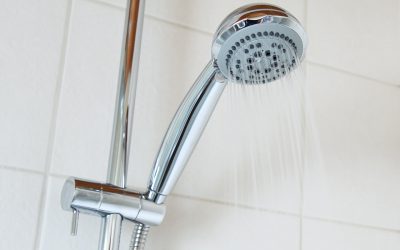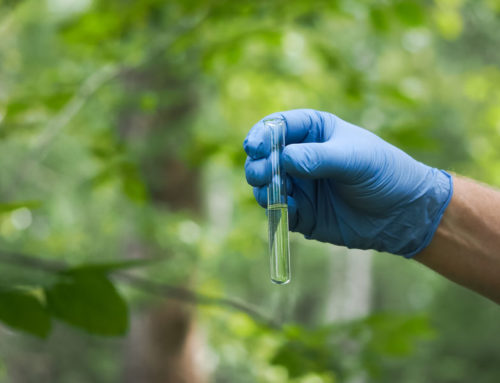Why You Need to Be Saving Water at Home
Before we go into more of the practical details for saving water at home, let’s take a look at why saving water is so important. First of all, it helps cut back on wastewater that can contaminate the environment around you. It also helps reduce the amount of energy needed to purify water and takes less fresh water from natural sources like aquifers. Your water bills will also go down, which is an extra perk to saving water at home.
Now that you know all the great benefits of conserving water in your home, it is time to make a few changes to your lifestyle. Here are a few great ways to make sure that you are saving water at home.
1. Get Efficient Appliances
A key factor in saving water at home is the type of appliances you use. New models of washing machines and dishwashers exponentially cut back on both water usage and electricity. Check if your appliance is ENERGY STAR® rated and if it is outdated, consider investing in efficient appliances. Keep in mind that while there is an initial expense, this investment will pay for itself as you save money on utility bills over time.
2. Turn Off the Tap When Not in Use
Water rushes out of the standard faucet at a rate of 2.5 gallons of water per minute, so all the time spent running the tap while brushing your teeth, reaching for a new plate to wash, or scrubbing your hands together adds up. Try to never run the tap unless you are actively using it. It just takes a second to shut it off and turn it back on again.
3. Install a Low-Flow Shower Head
A shower is always more water-efficient than a bath as long as you keep the shower under 20 minutes long. Aim for everyone in your household to decrease their shower times by a few minutes each and you’ll see the cost savings throughout the year.
You can save even more water by switching out the head on your shower. A low-flow WaterSense showerhead will reduce the amount of water that flows through, but it is designed to still have decent water pressure when showering.
4. Rethink Your Lawn
A traditional lawn covered in grass uses up a huge amount of water without providing much of a benefit to your overall quality of life. You can cut back on the amount of water you use by switching to a drought-resistant lawn. Talk to a landscaper about adding some low maintenance native ground covers that require less water than most types of grass.
5. Look Out for Plumbing Leaks
Even a small leak ends up wasting gallons and gallons of water because it is constantly dripping. Check cabinets under sinks and make sure there are no pools of water or water stains. Fixing these leaks saves water and reduces your risk of water damage, mold, and mildew in the home.
Anchor Home Inspection provides inspection services including water testing and water flow testing to Connecticut. Contact us to discuss your needs and book an appointment.






